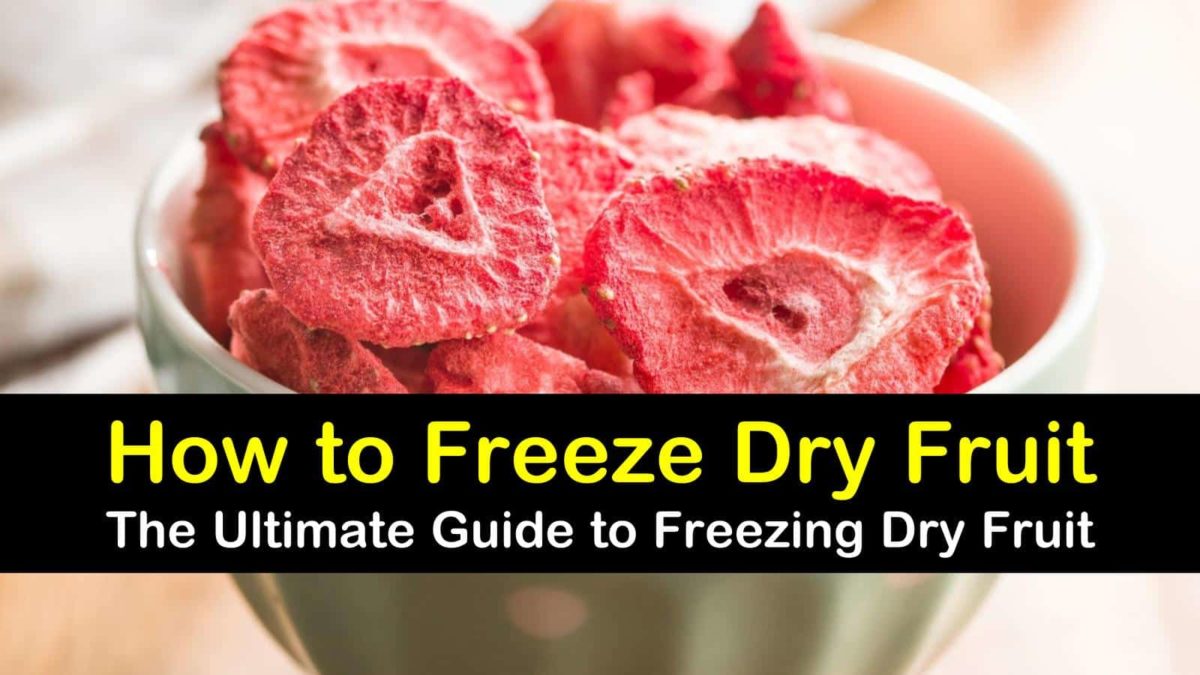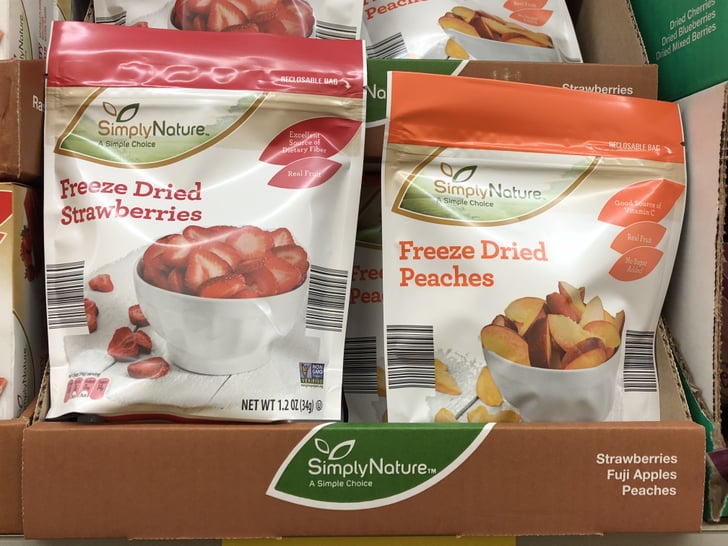

In order for foods to be grown organically, the land must be pesticide and herbicide-free for seven or more years.įoods that are labeled organic, must be harvested from land that has earned organic certification. Many of Z Natural Foods’ products are freeze-dried and many are certified organic and you can search those here. Producers who strive to maintain the organic label must keep meticulous records of all their farming or growing practices.

There is a specific process that must be followed for a farm or growing establishment to be labeled “organic”. While there are many local farmers who grow their foods without a lot of added pesticides or herbicides, it doesn't always mean they are organically grown. Many companies that freeze-dry their food products use foods grown from local growers, but that doesn't always mean they are organic. If you want to find truly organic freeze-dried foods, you will need to look closely at the label. This means freeze dried foods will retain their nutritional value for many years over what other traditional storage methods do. Freeze-drying foods do not change their physical structure in any way. This process doesn't damage the food's nutritional make-up and, if the food is left in its whole state, can be rehydrated later. After the water has been removed, the foods are gradually brought back to room temperature where the rest of the moisture is drawn from it.

The water becomes a vapour that is collected in a condenser. A high-pressure vacuum is used to remove the water. How freeze-dried foods stay healthy and nutritiousįoods are placed in temperatures that are just below freezing. These foods include eggs, seafood, vegetables and dark colored berries such as acai, blueberry, strawberry and raspberries. The healthiest freeze dried foods are whole, real foods that have been frozen to retain their natural nutritional value. What are the healthiest freeze dried foods? Lyophilization is the process used to eliminate moisture from foods during the freeze-drying process. During the freeze-drying process, the food can be kept in its whole state or it can be turned into a powder. If you want to preserve foods for a longer period of time in a way in which spoilage is kept to an absolute minimum, freeze-drying is the best option.įoods that are typically most commonly freeze-dried are:Īlmost any type of food, spice, or beverage can be freeze-dried and stored effectively for several years. įruits and vegetables are the most common. But typical store-bought “fresh” fruits and vegetables are harvested early, artificially ripened, and lose up to half of their nutrient value sitting in the fridge.įreeze-dried food has long been consumed by people in demanding contexts like mountaineering and space flights, where lightweight and high nutrition food is absolutely essential.Almost any type of food can be freeze-dried. Like frozen food, freeze-dried foods are first harvested at peak ripeness to have better taste and nutrients. Studies have shown that freeze-dried foods often retain over 90% of the original fresh food’s nutrition, much more than other drying techniques (air-drying, heat-drying) which usually damage micronutrients and phytonutrients - as easily seen by the large changes in the food’s colors. The resulting freeze-dried foods are lightweight, retain the original colors and tastes, don’t spoil for years, and most importantly, retain the macronutrients, micronutrients (vitamins and minerals), and phytonutrients remarkably well. Modern freeze-drying starts with the frozen produce (just like in supermarket freezers), then puts it in a large vacuum chamber, where the frozen water inside the food sublimates under controlled conditions. The low-water-content food left behind would be much lighter, still resemble the original food (especially with the original colors and thus nutrients), and last much longer. the water in the food changes from ice to evaporated gas, without passing through the liquid form. Freeze-drying food has a long history, possibly more than a thousand years old, as peoples living near mountains would leave produce out in favorable locations, where the combination of cold temperatures and high altitudes (lower pressure) would enable the water in foods to freeze, then sublimate, i.e.


 0 kommentar(er)
0 kommentar(er)
